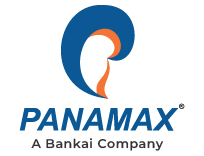The unprecedented acceptance of technology, especially in the digital payment realm in the APAC (Asia Pacific) region, is world known. Whether digital money, connecting banks through the internet, or providing authentic digital banking payment solutions to even the remotest areas, the Asia Pacific (APAC) countries have done wonders. They have set high benchmarks for the rest of the world to follow.
Here is an interesting fact: did you know the practice of installment credit began way back in the 19th century? With the expansion of new technologies, the realm of installment credit also saw some emphatic changes. A breakthrough came in 2014 with the introduction of Buy Now Pay Later (BNPL) by Australian fintech company Afterpay.
With time, the boom of BNPL in the Asia Pacific (APAC) region has been great. According to research, the BNPL industry will have exceeded $ 133696.8 million by the end of 2022. Moreover, while BNPL proliferated rapidly in Australia and New Zealand, the dynamic nature of the APAC region has truly embedded it into their digital economy as payment solutions.
Therefore, this blog will discuss the key BNPL trends in the APAC region, why BNPL will accelerate even more, key stats supporting our argument, and how BNPL encourages financial inclusion.
Leading BNPL Trends in the APAC Region
APAC offers excellent potential for BNPL expansion. It's a great market for BNPL fintech searching for new revenue streams because of the robust internet connectivity, poor credit card availability, and many unbanked people. Even though some businesses are still relatively new to the APAC market, several are already staking their claims on BNPL.
In many parts of Asia, businesses like Atome, Hoolah, Akulaku, and Pace lead the drive and have a significant influence. Furthermore, because it enables users to postpone payments and more easily get credit, the BNPL scheme has grown in popularity and evolved into Gen-Zs and Millennials' favorite online payment alternative. In 2023, e-commerce transactions utilizing BNPL are anticipated to more than treble throughout the Asia-Pacific region. Additionally, banks are hopping on the BNPL fintech bandwagon by collaborating with them and, in some circumstances, creating their own Buy Now, Pay Later products.
Critical Numbers for BNPL in APAC
The Asia-Pacific region's Buy now, pay later (BNPL) market had strong growth over the previous four to six quarters. The top BNPL companies in the world are based in Asia. Australia, India, China, Singapore, Indonesia, and Malaysia were just a few nations that saw significant demand for BNPL payment methods during this time. A sizable young population is primarily driving the demand and market expansion. The publisher anticipates that the region would likely draw more investment in the near to medium term due to the increasing demand for BNPL.
Let us look at the impressive numbers BNPL boasts in the APAC region.
- The BNPL scheme will develop the quickest in Asia-Pacific, with a predicted CAGR of 21.3%, with the China market driving expansion.
- According to a report by IDC, digital payments will grow by 162% in Southeast Asia by 2025.
- BNPL makes up 3% of Singapore's e-commerce sector and is expected to grow to 13% by 2024.
APAC Countries Take a Leap Ahead in BNPL
Consumers who spend most of their time at home have sped up the spectacular digital payment innovation and adoption of BNPL, which may have taken 5-7 years to catch on. Buy Now Pay Later has considerably developed thanks to an 80% internet penetration rate and a heavy reliance on e-commerce, which will also value the e-commerce business. Customers prefer BNPL since it allows them to meet their shopping needs while managing their spending through postponed payments.
We also observe the establishment of a vigorous growth cycle, with BNPL possessing an average market share of 2% in e-commerce transactions in Indonesia, Vietnam, and Malaysia. Furthermore, with non-metros entering the digital customer base, Buy Now Pay Later can surpass 5% by the end of 2023.
In the past, developed economies like Japan, Singapore, and India favored credit cards for transactional purposes. With 3% and over 1% of the market for POS and e-commerce transactions, respectively, they still represent a significant impediment for BNPL despite market leaders like Grab, Gojek, Simpl, and LazyPay effortlessly integrating BNPL into consumers' daily lives.
Top Reasons Why APAC Region sees Exponential Growth in BNPL
Even though the Australian and New Zealand markets are more mature than the APAC region in BNPL, the growth opportunity in this region is immense. Below are the top reasons why BNPL would be the next step for payments in the future:
Focus on Mid and Lower-Tier Sector
Consumers in mid-markets, consumer electronics, and high-volume retail segments that often do not offer credit, like cosmetics, has a sizable market in Asia and are being empowered by BNPL. Even pricey makeup may now be purchased in installments through BNPL without incurring any additional fees.
Filling the Gap for Underbanked Consumers
Even though the technology is increasingly widely accepted, most individuals in the Asia Pacific (APAC) area still need access to digital banking payment solutions. For instance, just 27% of the 670 million consumers in Southeast Asia have bank accounts. By providing quick, low-friction credit that may be paid back over time via prepaid digital wallets or other non-bank payment rails, BNPL fills in the gaps.
Increased Spending Power
One of the largest and fastest expanding consumer marketplaces worldwide is in APAC. The world's consumption increase by the end of the decade will be accounted for by just Asia, creating a $10 trillion potential. Businesses and brands seeking rapid development will put a high premium on figuring out how to make it easier for customers to buy here.
The Tendency to Buy in Bulk
Volume selling is a significant industry in the APAC region. Merchants prefer to sell packages or packaged services rather than single items, whether they are for air conditioning maintenance or nail salons. Traditionally, funding for bulk purchases comes from credit cards or traditional POS financing. A natural substitute, BNPL makes multi-purchasing more accessible, cost-effective, and free for clients.
BNPL: A Vital Cog in Financial Inclusion
With an estimated 290 million unbanked adults in the ASEAN region alone, APAC still has a sizable unbanked population. Financial inclusion is a top concern for many governmental and non-governmental organizations and the commercial sector, notably in APAC. BNPL is emerging as a crucial instrument in addressing this issue.
BNPL gives consumers the power to buy things they might not often be able to by dividing purchases into smaller, more manageable payments that can be paid over a long period. BNPL is a flexible and quick payment method that increases people's purchasing power. Schemes like BNPL can provide a lifeline as more people experience negative cash flow due to the COVID-19 pandemic, especially for foreign workers who have been designated unbanked or who must meet higher qualification requirements to obtain credit. The underbanked now have greater access to credit because of BNPL's soft credit checks and use of non-traditional data, combined with an easy and convenient application process to increase financial inclusion in a nation.
Concluding Remarks
The growth of BNPL in Asian countries will be unprecedented in the future as well. Banks and FIs who render BNPL solutions have the potential to begin a new era in the finance industry. Moreover, using BNPL will ease credit access for more people and will decentralize the system. Also, with the vast majority still bullish about using this digital payment solution, the realm of BNPL in the APAC region will expand and is here to stay.
MobiFin is a recognized digital banking solutions provider with extensive industry knowledge and experience. We enable businesses worldwide to keep up with technological advancements and enter new markets seamlessly.
Related Blogs
Factors Influencing Financial Inclusion in LATAM Countries
Buy Now, Pay Later – A Buzzing Trend for Merchants to Look for!




















